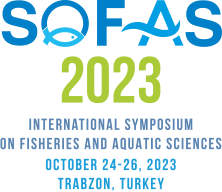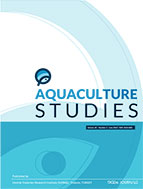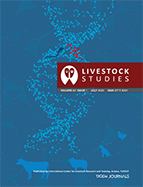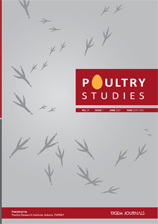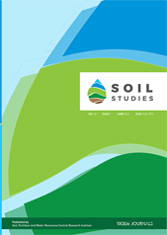From Germs to Mammals in Aqua
CiteScore: 1.0
SCOPUS 2023
SCOPUS 2023

This journal is licensed under a Creative Commons Attribution-NonCommercial-NoDerivatives 4.0 International License
Genetics of Aquatic Organisms
2025, Vol 9, Num, 1 (Pages: GA814)
Locus and Non-Locus Specific Technical Caveats: An Overview of Their Occurrence in Tilapiine Cichlids Genetic Data and Approaches to Salvage Loci
2 School of Life Sciences, Keele University, Newcastle Under Lyme Staffordshire ST5 5BG, UK
3 Department of Environment and Forestry, Institute of Environment and Agricultural Research (INERA), National Centre for Scientific and Technological Research (CNRST), P.O. Box 03-7047, Ouagadougou 03, Burkina Faso
4 Agriculture Innovation Lab, Institute of Rural Development, Nazi Boni University, P.O. Box 01-1091 Bobo-Dioulasso 01, Burkina Faso
5 Forest Research Centre, School of Agriculture, University of Lisbon, Lisbon 1649-004, Portugal
6 Research Unit in Aquaculture and Aquatic Ecotoxicology, Faculty of Agronomy, University of Parakou, Benin, P.O. Box: 123, Parakou, Benin DOI : 10.4194/GA814 Viewed : 795 - Downloaded : 648 Many tilapia-related research papers make assumptions in relation to Locus- and Non-Locus-Specific Technical Problems (LTPs) that hinder the reaching of clear genetic monitoring conclusions. Since LTPs have implications for decisions related to fisheries and aquaculture management, an overview of the key LTPs affecting tilapia population studies will help geneticists not only to consider them, but also to know the gaps that exist in order to guide future research within the domain. Using a meta-analysis, we present approaches to distinguish the LTPs from each other, which is most often needed for tilapia genetic data before any statistical inference is made. Each LTP and the approaches to make the genetic data reliable are presented and discussed. Cultured tilapia populations are generally characterized by homogamy, heterogamy, heterosis, inbreeding and overdominance. In contrast, null alleles, allelic dropout, stuttering, homoplasy, genetic bottleneck and Wahlund effect are most often at issue in populations originating only from the wild. Future perspectives are needed about the components underlying the LTPs related to genotyping errors and biological factors. Keywords : Genetic marker Genotyping error Demographic process Tilapia Oreochromis Sarotherodon



